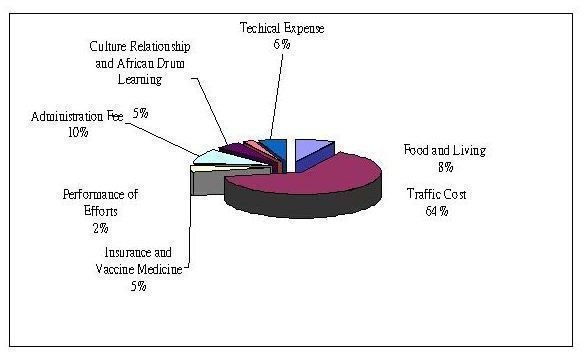Managing Your Small Project: Cost Control Best Practices
Cost Control Is Always Important
Small projects exist on a day-to-day basis for most businesses. Though large projects tend to receive the most attention, small projects are just as important and help keep a business running. This is why cost control on small projects is so important. Though you may only lose a small portion of money on a small project, these small amounts add up over time.
Following a set of small project cost control best practices is crucial. Don’t let mismanaging costs cause your small project to fail.
Cost Estimating and Budgeting
One of the most important small project cost control best practices is to estimate your costs realistically at the beginning of the project. Thoroughly review the project’s purpose and estimate all possible costs associated with the project.
This includes supplies, hours required, number of employees needed, any possible lunches or dinners, meetings and anything else required for your project’s success. List each possible expenditure, no matter how small it may be. Over estimate each cost slightly to provide room for possible over spending.
Use your estimates to set a small project budget. Provide everyone working on the project with their own personal budget. This will help each employee stay on track budget wise. Use spreadsheets so you can easily create charts from your cost data, such as the pie chart shown above.
To learn more about estimating and creating budgets for your small project see Tools to Create a Project Budget, How to Create A Budget in Microsoft Office Project and Learn How to Create a Project Budget Chart.
Keep Track
Once the estimates are in place and a budget set, it’s time to actually control your small project’s costs. Keep track of everything spent, even intangible expenses such as hours worked. Require each employee working on the project to report all expenses, each hour worked and what was accomplished during those hours. Use a solid time-tracking software to help you with that.
Collect data on an hourly, daily, or weekly basis, depending on your small project. This keeps everyone on track and requires everyone to be accountable for the small project’s costs. Place all data within the spreadsheet you created during the estimating phase. You can quickly see from your data whether costs are remaining under control or if changes must be made to stay within budget. If costs are higher than expected, you can sort costs and even create charts to see where the problem lies.
Final Cost Analysis
Near the end and after any small project is complete, run a final cost analysis to ensure you have effectively controlled your project’s costs. Though it may take several attempts before costs are completely under control, you can learn from each project to better control small project costs. There may be costs you didn’t realize were necessary when you initially planned the project. This final cost analysis may also be required from your supervisor or boss to see how well the project stayed within budget or why the project exceeded your initial budget.
Meet with your team to better understand what money was spent on and how to better plan your next project. If you remained within budget, meet with your team anyway to ensure the team had everything they needed to complete the project without cutting corners.
Image Credit: Wikimedia Commons/Ghanagogogo
